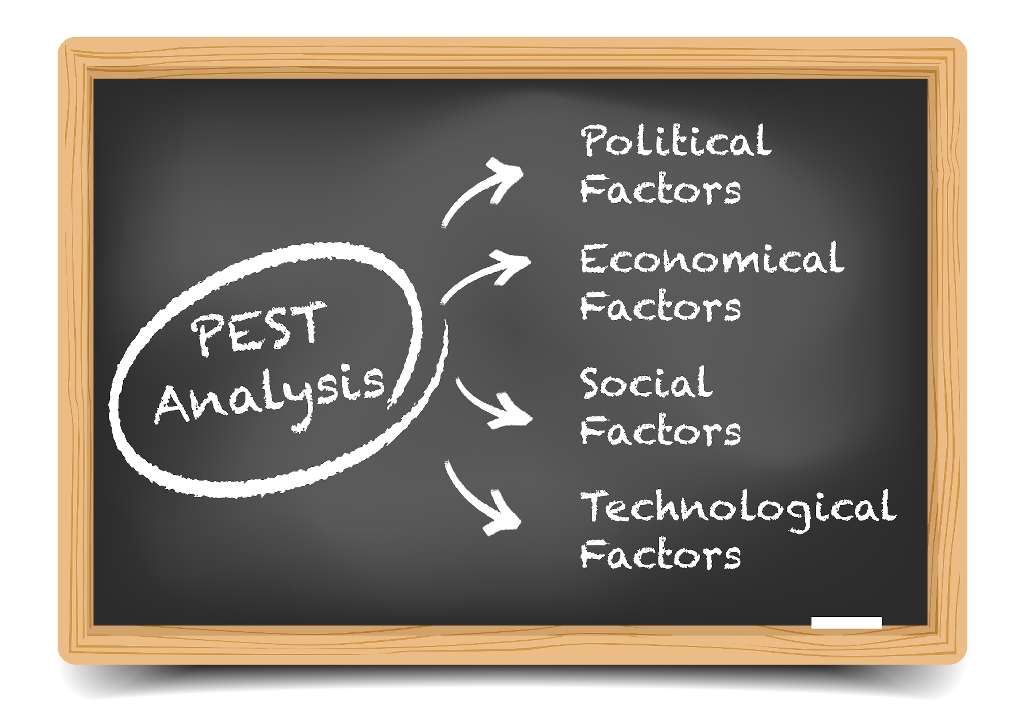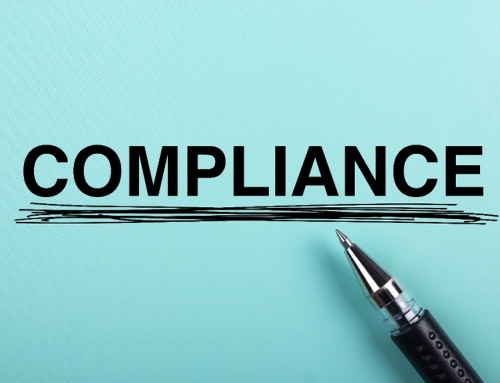Tis the season for planning next year.
PEST Analysis is often linked with SWOT Analysis, however, the two tools have different areas of focus. PEST Analysis looks at “big picture” factors that might influence a decision, a market, or a potential new business. SWOT Analysis explores these factors at a business, product-line or product level. These tools complement one another and while they often used together, savvy planners usually do the PEST before the SWOT.
How to Use the Tool
Follow these steps to analyze your business environment, and the opportunities and threats that it presents.
1. Use PEST to brainstorm Add to My Personal Learning Plan the changes happening around you. Use the prompts below to guide your questioning, and tailor the questions to suit the specific needs of your business.
2. Brainstorm opportunities arising from each of these changes.
3. Brainstorm threats or issues that could be caused by them.
4. Take appropriate action.
HINT: A Johari Square is often used for these four quadrants (so does SWOT analysis)
Step 1: Brainstorm Factors
Political Factors to Consider
– When is the country’s next local, state, or national election? How could this change government or regional policy?
– Who are the most likely contenders for power? What are their views on business policy, and on other policies that affect your organization?
– Depending on the country, how well developed are property rights and the rule of law, and how widespread are corruption and organized crime? How are these situations likely to change, and how is this likely to affect you?
– Could any pending legislation or taxation changes affect your business, either positively or negatively?
– How will business regulation, along with any planned changes to it, affect your business? And is there a trend towards regulation or deregulation?
– How does government approach corporate policy, corporate social responsibility, environmental issues, and customer protection legislation? What impact does this have, and is it likely to change?
– What is the likely timescale of proposed legislative changes?
– Are there any other political factors that are likely to change?
Economic Factors to Consider
– How stable is the current economy? Is it growing, stagnating, or declining?
– Are key exchange rates stable, or do they tend to vary significantly?
– Are customers’ levels of disposable income rising or falling? How is this likely to change in the next few years?
– What is the unemployment rate? Will it be easy to build a skilled workforce? Or will it be expensive to hire skilled labor?
– Do consumers and businesses have easy access to credit? If not, how will this affect your organization?
– How is globalization affecting the economic environment?
– Are there any other economic factors that you should consider?
– Capital Expense Budget status
Socio-Cultural Factors to Consider
– What is the population’s growth rate and age profile? How is this likely to change?
– Are generational shifts in attitude likely to affect what you’re doing?
– What are your society’s levels of health, education, and social mobility? How are these changing, and what impact does this have?
– What employment patterns, job market trends, and attitudes toward work can you observe? Are these different for different age groups?
– What social attitudes and social taboos could affect your business? Have there been recent socio-cultural changes that might affect this?
– How do religious beliefs and lifestyle choices affect the population?
– Are any other socio-cultural factors likely to drive change for your business?
– Association Trends
Technological Factors to Consider
– Are there any new technologies that you could be using?
– Are there any new technologies on the horizon that could radically affect your work or your industry?
– Do any of your competitors have access to new technologies that could redefine their products?
– In which areas do governments and educational institutions focus their research? Is there anything you can do to take advantage of this?
– How have infrastructure changes affected work patterns (for example, levels of remote working)?
– Are there existing technological hubs that you could work with or learn from?
– Are there any other technological factors that you should consider?
– What are the wet lab Continuing Education Offerings in the coming year?
Most practice leaders understand the SWOT technique- Strength & Weakness within the practice and Opportunity and Threats from outside the practice. These fill the four quadrants of the Johari Window.
When brainstorming for either the PEST or SWOT assessment, please remember, there are no wrong insights – everything gets entered on the easel paper. When brainstorming any topic, take it to completion, then sleep on it. The next meeting starts the prioritization process. It is often better to brainstorm the PEST, sleep on it, then prioritize the assessments/insights. The next session is the SWOT brainstorming, a night to sleep on it, and then prioritization the following day.
Planning next year requires a team effort on brainstorming – this improves buy-in. If the doctors and managers want a pre-retreat to do the PEST, that is fine; the SWOT requires the full staff to participate in the retreat. The attached article offers some insights and suggestions of new program potentials. Good Luck.






